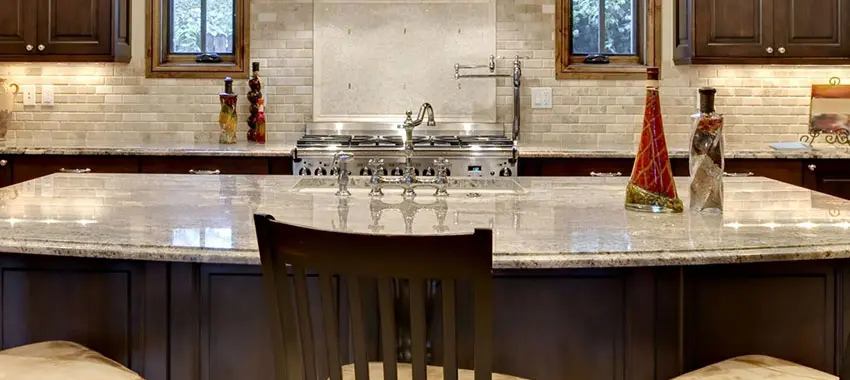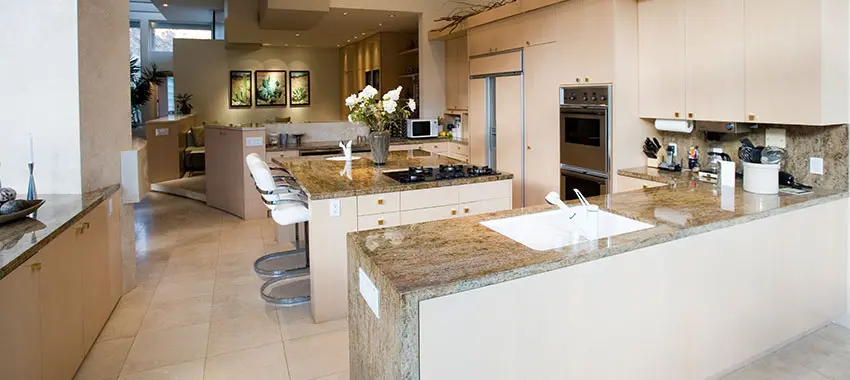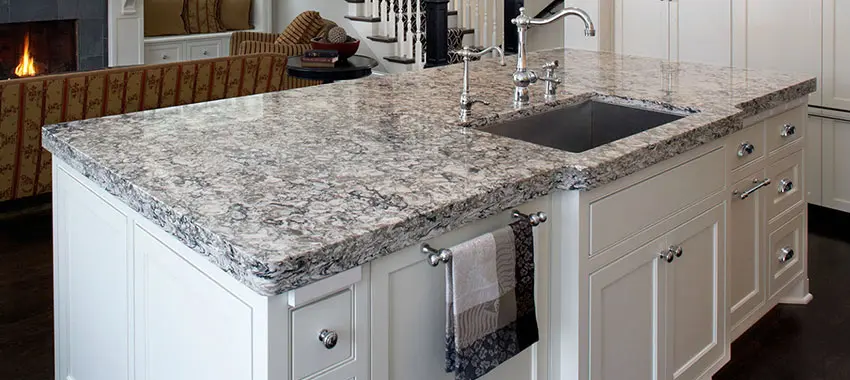Nov
What to Do With Granite Countertops
When buying granite for the first time, all you hear is what you shouldn’t do to it. For example, you are told that you shouldn’t sit on it, you shouldn’t place hot items on it, you shouldn’t wash it with harsh products, and so on.
If you are a granite fan, you must be wondering what you can do with it, right? Well, here is what to do with granite countertops:
Clean them with soap and a rag
Soap and rag are all you need to leave your countertops spotless. To clean the surfaces, wet a rag and apply a bit of soap to the countertop or your rug. You should then wipe the entire surface once to clean it.
To avoid spreading food, grease, and dirt, wring the rag with fresh water and once you are done, rinse the rag and wipe it down the counter with fresh water to remove any soap residues.
Follow it with drying the countertop with a microfiber cloth.
If the soap isn’t getting your countertops clean enough or you want to get better results, use a special countertop cleaner.
You can also make your special granite cleaner. To make the cleaner, you need to mix 50/50 rubbing alcohol with water, then add 20 drops of your favorite essential oils. This mixture will not only clean the countertops, but also disinfect them.
Remove granite stains
The other thing you can do is remove granite stains. Regular daily cleaning is enough to leave your countertops spotless, but sometimes you spill something, and you don’t remove it on time. In such a case, you have to think about removing the stains without damaging the natural stone.
One of the ways to do it is to apply baking soda paste. Regardless of the nature of the stain, the chances are high that baking soda will remove it. To get rid of an oil-based stain, make a baking soda paste with water and if you are dealing with a water-based stain, mix the baking soda with hydrogen peroxide.
Apply the paste over the stained areas, gently scrub the counter with a soft cloth and rinse it thoroughly. If the stain doesn’t come off the first time, repeat it.
If you repeatedly scrub the surface and the stain doesn’t come off, cover the area with plastic wrap and tape the edges down. Leave the homemade stain remover in place overnight or after a few days, then rinse and wipe the granite with a soft cloth and this will hopefully reveal the stain-free surface.
Seal the countertops
Most granite countertops come with a seal coat, but this isn’t enough—you need to add an extra layer to keep your countertops in top shape. You can do the sealing by yourself if you have the skills, but let an expert do the work for the best outcome.
You have two options with sealants—water and solvent-based sealants. Water-based sealants are environmentally friendly, while solvent-based sealants go deeper into the soil.
Regardless of what you settle on, when making the purchase, be on the lookout for the active ingredient “fluorocarbon aliphatic resin.” This product provides over 10 years of protection and repels oil from your surfaces, so you don’t have to worry about oils on your surfaces.
Begin with cleaning the countertops to remove dirt, dust, and other materials that might be present. One of the best ways to clean is to mix one teaspoon of dishwashing detergent and two tablespoons of isopropyl alcohol in a pint spray bottle and fill it with cool water.
You should then generously apply it on the countertops and wipe it clean with polishing using a microfiber cloth. Give the countertops 24 hours to completely dry out before applying the sealer.
Proceed and apply your desired sealer. To prevent the sealer from coming off, it’s recommended you leave it at least 24 hours before using the countertops.
Parting shot
These are some of the things you can do with your granite counters. If you can’t do something to your counters, let granite companies Rockville or any other professionals help you out—you don’t want to do something you can’t, and you ruin your precious surfaces, do you?




